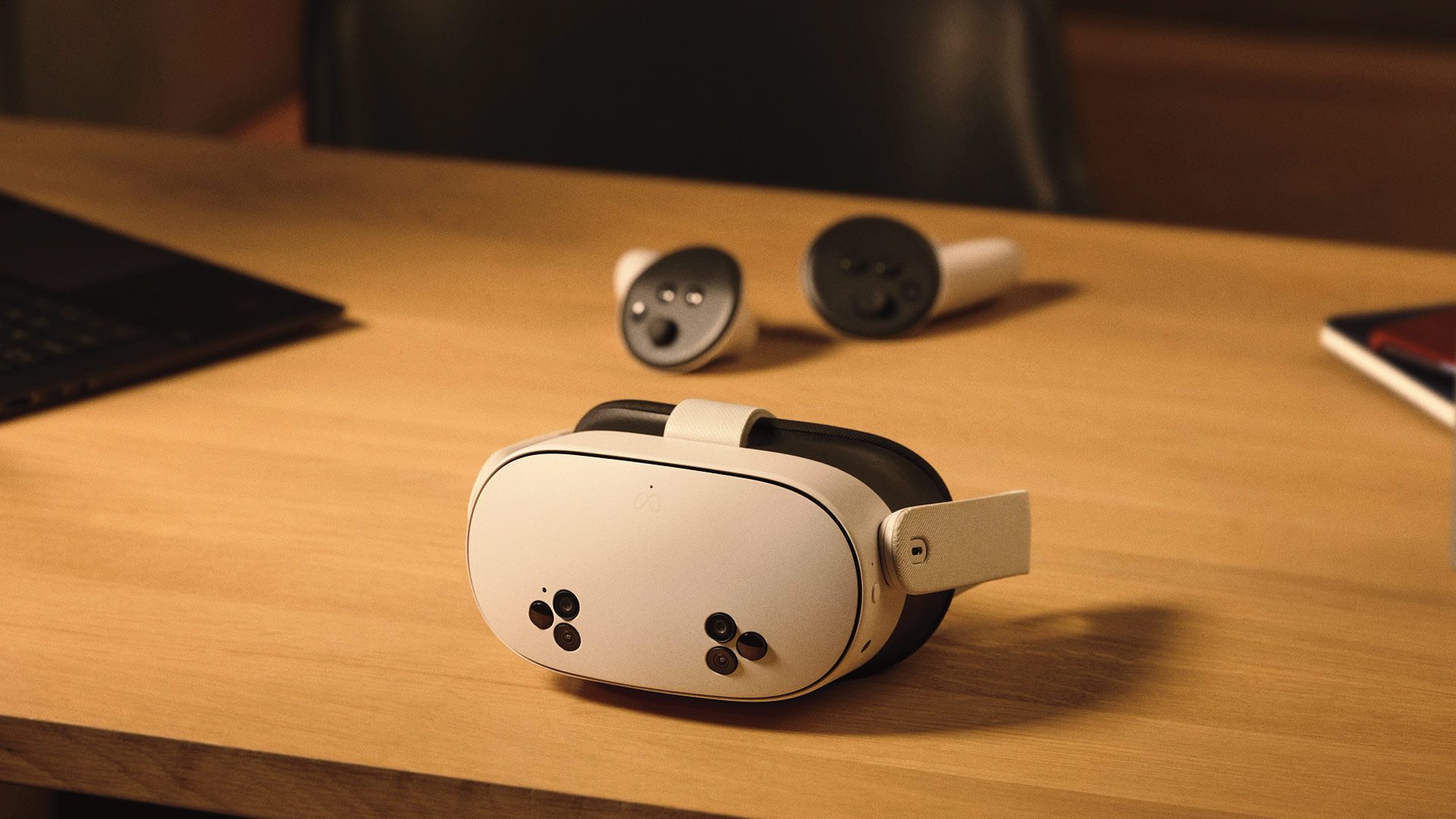AMD’s upcoming Zen 6 Ryzen desktop CPUs will stick with the AM5 socket and are set to launch in a couple of years.
In exciting news for AMD enthusiasts, the next wave of Ryzen desktop CPUs, powered by Zen 6, is anticipated to hit the market approximately two years from now. The great thing is that these new processors will be compatible with the existing AM5 socket, so no need to worry about switching motherboards just yet.
While we still haven’t seen everything AMD has in store for the Zen 5 series, which started with launches for both desktops and laptops, there’s always more to look forward to with AMD’s staggered releases. The Ryzen 7 9800X3D is currently grabbing a lot of attention in the Zen 5 lineup, thanks to its 8-core architecture on a single CCD. However, whispers about the forthcoming Zen 6 architecture are starting to circulate, offering a tantalizing glimpse into what’s next.
Some time ago, we touched upon Zen 6, and the conversation is heating up again. Rumor has it, these Zen 6 Ryzen CPUs could pack up to 32 cores on a single CCD for both desktop and server markets. The same source, @Kepler_L2, who previously leaked information on core counts, has hinted today that Zen 6 might make its appearance in late 2026 or possibly early 2027.
This could mean AMD rolling out the Zen 6 lineup in the last quarter of 2026 or maybe around CES 2027. And when it comes to compatibility, it looks like Zen 6 will use the AM5 socket, which currently houses Ryzen 7000 and Ryzen 9000 processors. Thus, the AM5 socket is proving to be a reliable constant for at least three AMD CPU generations since its launch.
This news will no doubt be a weight off the shoulders of PC builders heavily invested in the AM5 ecosystem, especially when considering Intel’s LGA 1851 platforms, about which future compatibility remains somewhat vague. We’ve heard Panther Lake or Nova Lake might be next on Intel’s docket, but that’s still up in the air.
Whether AMD will stick with the AM5 socket for Zen 7 is anyone’s guess at this stage, and they might choose to switch things up after that. For now, however, AMD doesn’t face memory compatibility issues since DDR6 isn’t projected to hit PCs before 2027. And here’s a juicy tidbit: Zen 6 is shaping up to be the first architecture to support more cores on a CCD. In comparison, Zen 5 tops out at 8 cores per CCD and 16 for Zen 5C.
Zen 6 CCDs are rumored to offer configurations of 8, 16, and even 32 cores. The latter, the Zen 6C, could potentially support 32 cores. It’s double what Zen 4 and Zen 5 offered, which means significant advancements for both high-end Ryzen CPUs and the server segment.
Although we’re still about two years out from seeing Zen 6 in action, it’s expected that AMD will introduce additional Zen 5-based processors, including the X3D models for the AM5 series, in the intervening time. As for Zen 6, specifics remain scarce, but it’s anticipated to leverage more advanced manufacturing processes to enhance both performance and efficiency.
Here’s a peek at AMD’s roadmap for Zen CPU and APU developments:
| Zen Architecture | Core Codename | CCD Codename | Process Node | Server | High-End Desktop | Mainstream Desktop CPUs | Notebook APU | Low-Power Mobile |
|---|---|---|---|---|---|---|---|---|
| Zen 7 | TBA | TBA | TBA | TBA | TBA | TBA | TBA | TBA |
| Zen 6C | Monarch | TBA | 3nm/2nm? | TBA | TBA | Ryzen **** (Medusa) | Ryzen AI 400 (Sound Wave) | Ryzen *** (Escher) |
| Zen 6 | Morpheus | TBA | 3nm/2nm? | EPYC Venice (6th Gen) | TBA | Ryzen 9000 (Granite Ridge) | Ryzen AI 300 (Strix Point) | Ryzen *** (Strix Point) |
| Zen 5 (C) | Nirvana | Eldora | 3nm | EPYC Turin (5th Gen) | Ryzen Threadripper 9000 (Shamida Peak) | Ryzen 7000 (Raphael) | Ryzen *** (Kracken Point) | Ryzen 7000 (Mendocino) |
| Zen 4 (C) | Prometheus | Durango | 4nm | EPYC Siena (4th Gen) | Ryzen Threadripper 7000 (Storm Peak) | Ryzen 6000 (Warhol / Cancelled) | Ryzen 7000 (Phoenix) | TBA |
Stay tuned for more updates and insights as the world of AMD CPUs continues to evolve. And as always, keep sharing these stories across your favorite platforms like Facebook and Twitter for others to join in the excitement.














































